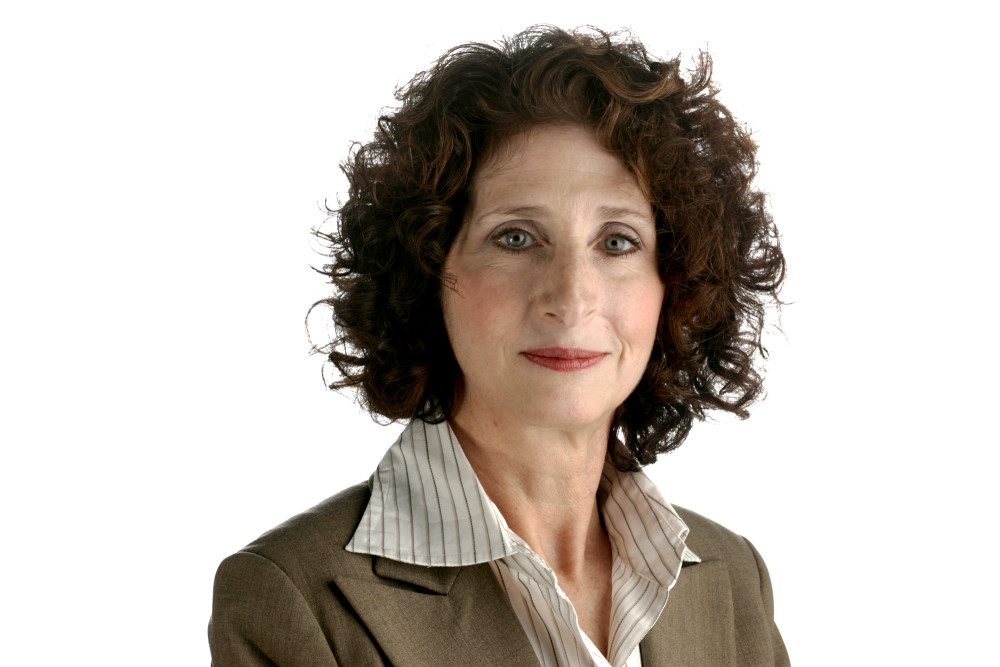By Gail MarksJarvis
Chicago Tribune.
Half of U.S. households headed by a person 55 and over haven’t stashed away any retirement savings.
And while old-style pensions will help some of them put food on the table, 29 percent of such households don’t have a pension.
The data in a report by the U.S. Government Accountability Office paint a sorry picture of a nation on the verge of massive growth in its retiree population.
buy hard on oral jelly online blackmenheal.org/wp-content/themes/twentytwentytwo/inc/patterns/en/hard-on-oral-jelly.html no prescription
Between this year and 2030, the number of people over 65 will grow 50 percent to 74 million retirees, accounting for 20 percent of the population.
And 2034 is the year the Social Security trust fund is expected to run dry. Although FICA deductions from paychecks will keep some money flowing to retirees, the Social Security system will be able to pay only 75 percent of the benefits workers have been promised. Since Social Security is essential to many retirees, any decrease would be painful.
It’s not only the non-savers who face a troubled future. Although 59 percent of people 55 to 64 have some savings, the amounts are often tiny. In that group, about half have accumulated just $104,000 or less; 24 percent have $25,000 in savings or less. While studies show most people have no idea what will be enough in retirement, $104,000 is clearly bare-bones at best.
If a person put all $104,000 into an annuity that adjusts for inflation, that annuity would start out providing just $310 a month. A person could count on these modest checks, with tiny increases for inflation, over the course of retirement. Today’s average monthly Social Security check is about $1,330, so consider what $1,640 monthly from savings and Social Security combined would cover.
The report notes that various studies have found between a third and two-thirds of workers are at risk of ending up in retirement without enough money to carry on their current lifestyles. While the lowest-income workers are in the worst shape, about 43 percent of people in the top third of incomes also won’t be able to maintain their standard of living, according to the Center for Retirement Research at Boston College.
A popular notion for those with deficient savings is to try to make up for lost time by working longer. But the GAO suggests people are “overestimating” what they will likely accomplish with that strategy.
Studies have shown that people tend to retire earlier than they hoped due to illness, layoffs, family needs or changes in their workplaces. A study by the Employee Benefit Research Institute found that while half of people over 55 plan to delay retirement to 66 or later, only 14 percent of current retirees lasted in the workplace that long. According to a 2012 Health and Retirement Study, 43 percent of retirees felt forced into retirement.
The GAO noted that the 2007 to 2009 recession demonstrated what can go wrong. Amid job losses in the recession, about 21 percent of people age 55 to 64 ended up retiring earlier than they expected and could no longer save.
Still, most current retirees are getting by on the money they have available. Social Security is significant for people at all income levels and especially for those who earned little in their working years. In the latest U.S. census, about 43 percent of people over 65 would have been in poverty ($13,878) if not for Social Security.
Among people age 65 to 74, Social Security provides 44 percent of retirement income for those with incomes at the median level of $47,000. Only 4 percent of that income comes from a household’s savings. Old-style pensions also help, but companies have been cutting back on pensions. So fewer future retirees will have the benefit of them.
That means individuals need to amass more savings themselves, and people at higher income levels will need to save the most because Social Security replaces a lower percentage of income for people at the higher levels. For example, among people between 65 and 74 with incomes of $76,000, Social Security makes up about 31 percent of their income.
The good news for people who need to save the most is that people in higher-paying jobs tend to have 401(k)-type retirement saving plans at work. The bad news is that too many people save inadequately even when they have such plans. An Aon Hewitt study estimated in 2012 that 71 percent of people who worked continuously in jobs with 401(k) plans for 30 years wouldn’t have enough money for retirement.
There is a difference of opinion among experts about what it takes to keep up a lifestyle. Some suggest enough savings to replace 70 percent of your last annual salary. Aon suggests being able to replace 85 percent. To test your own savings try the ballpark estimate at http://www.choosetosave.org.
___
ABOUT THE WRITER
Gail MarksJarvis is a personal finance columnist for the Chicago Tribune and author of “Saving for Retirement Without Living Like a Pauper or Winning the Lottery.”














































































































































































































































































































































































